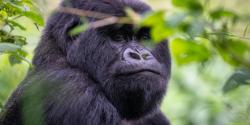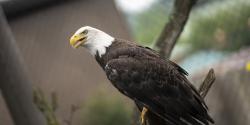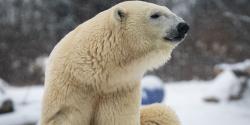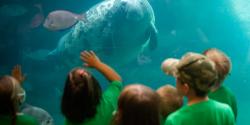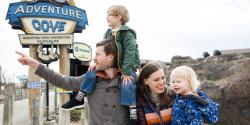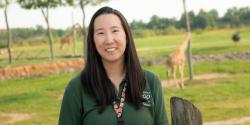For almost 40 years, Franklin County, OH, residents have been supporting the Columbus Zoo and Aquarium through a dedicated property tax levy. Voters approved the current 10-year, 0.75 mill levy in 2015, which began collections in 2016. This levy will be up for renewal at the same rate in November 2025 for the next 10-year period.
In 2025, the levy is expected to generate approximately $20.5 million in revenue for the Columbus Zoo, contributing 25 percent to the Zoo’s total operating funds. The remaining revenue comes from memberships, admission, parking fees, in-park spend such as rides, attractions, food and beverage, retail, donations, corporate sponsorships, rounds played at Safari Golf Club, educational programming, and investment income.
Today, levy funds are used to help fund the day-to-day operations of the Zoo. Our dedicated team of 215 full-time staff members, and hundreds of seasonal staff, are the heart and soul of Zoo operations. These team members care for and feed our nearly 6,000 animals year-round, maintain our sprawling 610 acres by keeping the Zoo clean, planting flowers, and keeping the Zoo’s facilities in top shape. They also play a vital role in educating children both at the Zoo and in schools across the county, ensuring the Columbus Zoo and Aquarium remains a premier national destination.
It’s important to note that levy funds do not cover administrative expenses, global conservation efforts, or capital improvements.
What It Takes to Run the Zoo
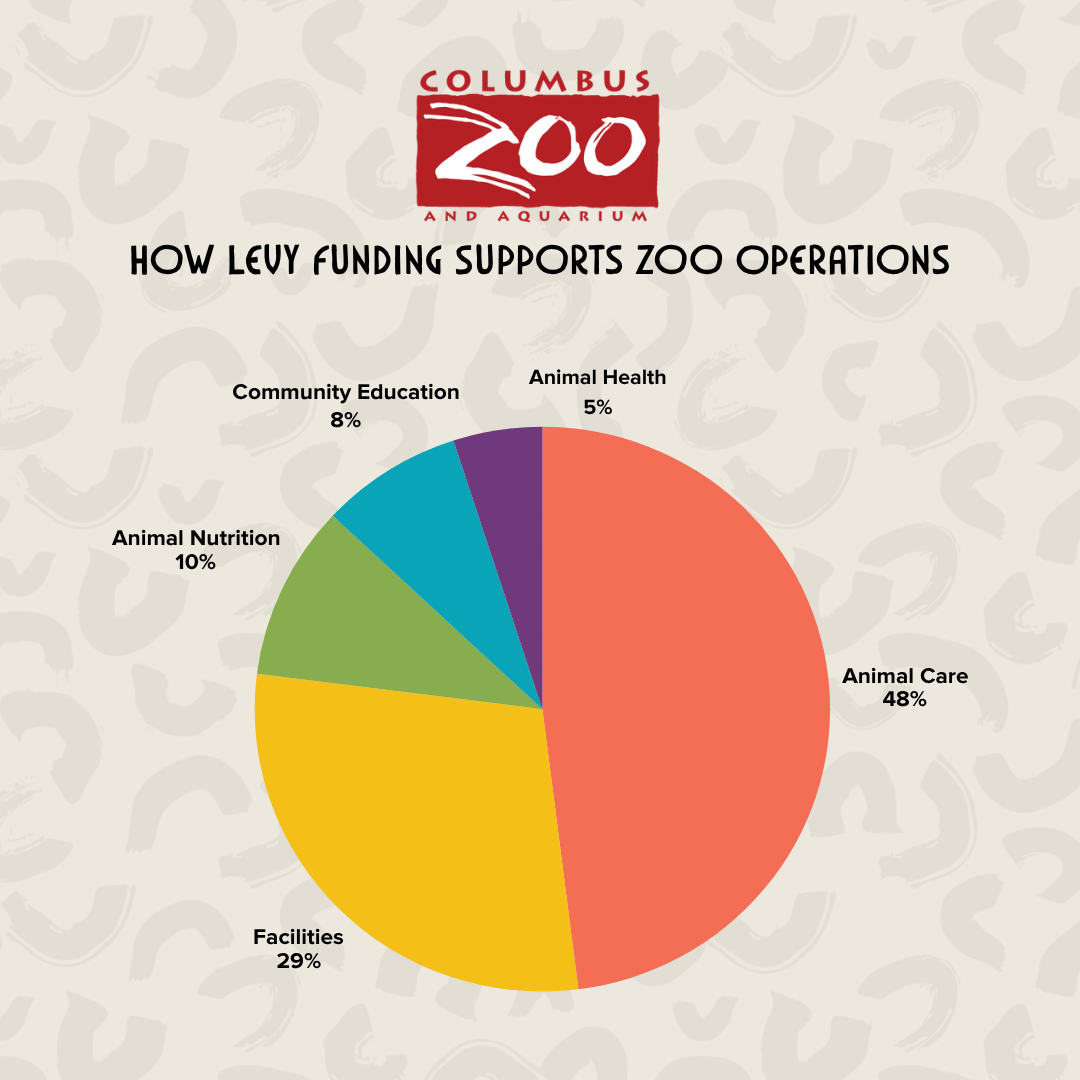
48%, or $12,326,168: Animal Care
The largest portion of levy funding, more than half, is dedicated to animal care. Over 5,800 animals call the Columbus Zoo home, and their well-being is entrusted to 130 full-time staff members who provide care 365 days a year. The Zoo is proud to house 52 species listed as Endangered or Threatened by the U.S. Fish and Wildlife Service and 118 species recognized as Threatened by the International Union for Conservation of Nature (IUCN).
29%, or $7,408,471: Facilities
Nearly 30% of levy funding goes toward maintaining the Zoo’s facilities and grounds. This work is carried out by 56 full-time team members who care for 600 acres and 147 exhibits. Their responsibilities include maintaining buildings, planting flowers, pulling weeds, and even installing and removing the lights that make Wildlights a seasonal tradition.
10%, or $2,550,462: Animal Nutrition
Another 10 percent of levy funding supports animal nutrition. A team of five full-time staff members ensure that all animals receive balanced diets, preparing more than 825 different types of food and supplements each year. Their work includes managing 24 tons of USDA-inspected meat, 109 tons of supplemented bagged feeds, 334 tons of hay and straw, 13 tons of carrots, and 23 tons of apples annually.
8%, or $2,123,678: Education
8 percent of levy funds support education programs. A dedicated team of 16 full-time staff provide a wide range of learning opportunities for the community. Each year, more than 2,500 children participate in summer programs, and staff members lead over 5,700 tours. The Zoo’s efforts are further supported by more than 720 volunteers who donate nearly 100,000 hours annually to enhance the guest experience.
5%, or $1,384,610: Animal Health
The remaining 5 percent of levy funds are dedicated to animal health. Eight full-time staff members, including five of Ohio’s eight Zoo Veterinarians who are Board Certified by the American College of Zoological Medicine and two Board Certified Veterinary Technicians, provide comprehensive medical care. This team conducts extensive health monitoring each year, including the collection of over 3,800 lab samples, hundreds of anesthetic events, CT and ultrasound exams, and radiographic imaging.
While the Zoo’s annual operating costs total $68.6 million, $25.8 million is specifically allocated to daily operations. The support of Franklin County residents at $20.5 million funds approximately 80 percent of these essential operational costs.

